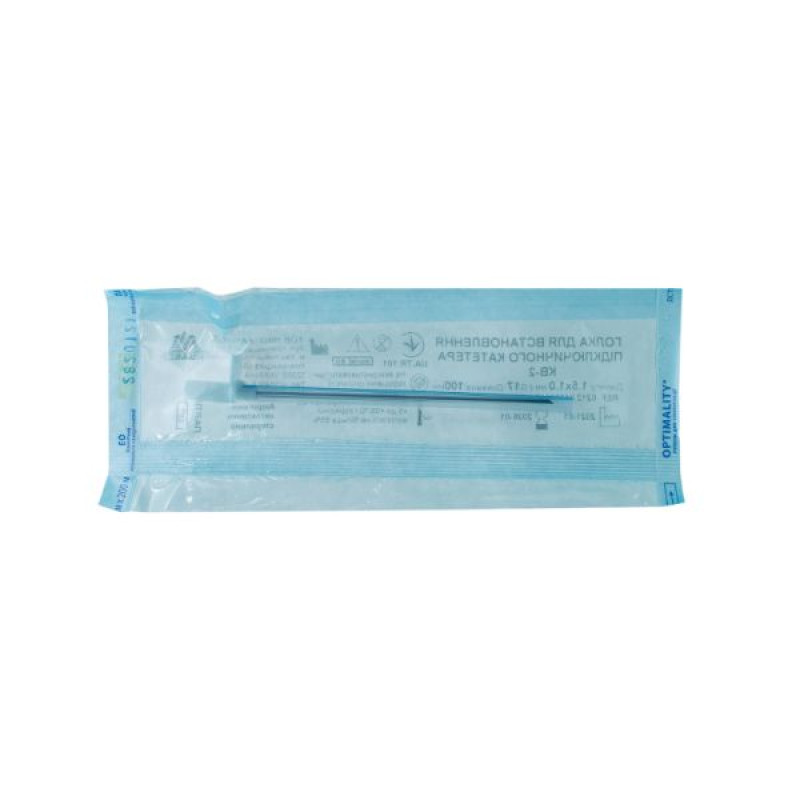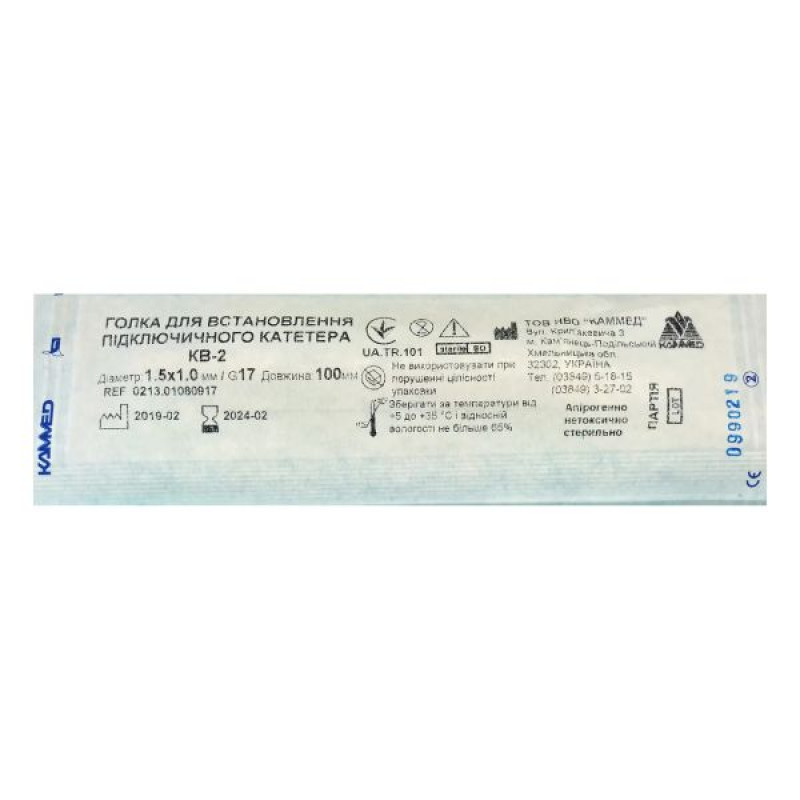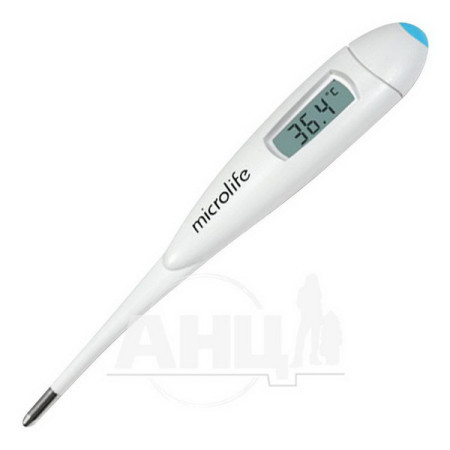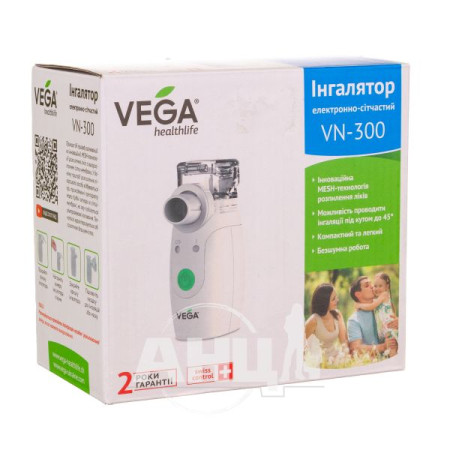Needle for installing a subclavian catheter kv-2 g 17

The needle for installing a subclavian catheter KV-2 (1.5x1.0 mm) size G-17 from TM Cammed is made of high-quality medical steel. The inner diameter of the needle is adapted to the guide used for inserting a polyethylene catheter into the subclavian vein.
Recommendations for use
The needle is usually inserted into the terminal part of the subclavian vein to a depth of 1-1.5 cm in newborns, 1.5-2.5 cm in children under 5 years of age, and 3-4 cm in adults. The needle is advanced into the soft tissues when blood appears in the syringe. Carefully pull the plunger towards you, controlling the flow of blood into the syringe, and withdraw the needle 1-1.5 cm into the lumen.
Remember that the lumen of the subclavian vein, contrary to popular belief, varies depending on the phase of breathing: it increases during exhalation and decreases during inhalation until it completely disappears. The amplitude of fluctuations can reach 7-8 mm.
To control the correct position of the needle cut in the vein, it is useful to make a notch or notch on the pavilion of the needle according to the side of its sharpening. To prevent air embolism, when the needle or catheter is disconnected from the syringe or infusion system, the patient is asked to take a deep breath, hold his breath and cover the needle cannula with his finger, and also to increase the pressure in the respiratory circuit during mechanical ventilation. It is recommended to avoid puncture in a coughing patient or when the patient is in a semi-sitting position.
After disconnecting the syringe, a guide wire (polyethylene fishing line with a diameter of 0.8-1 mm and a length of 40 cm) is inserted through the needle to a depth of 12-15 cm, not less than the length of the catheter, then the needle is carefully removed. After installing the polyethylene catheter on the guide, the catheter is advanced 8-12 cm into the lumen of the vein with rotational-pulling movements and the guide is removed (Seldinger catheterization). The catheter should enter the vein freely, without effort, and its end should be located in the upper part of the superior vena cava, above the pericardium, in the zone of maximum blood flow, which prevents erosion or perforation of the vein, right atrium and ventricle. This corresponds to the level of the articulation of the I rib with the sternum, where the superior vena cava is formed. The length of the catheter to be inserted should be determined by the depth of needle insertion, adding the distance from the sternoclavicular joint to the lower edge of the Prebra.
A cannula needle is inserted into the outer end of the catheter, which is an adapter for connecting to a syringe or infusion system.
A control aspiration of blood is performed. The correct position of the catheter is recognized by the synchronous movement of blood in the catheter with a range of up to 1 cm. If the fluid level in the catheter moves away from the outer end of the catheter with each breath of the patient, the inner end is in the correct place. If the fluid actively flows back, the catheter has reached the atrium or even the ventricle.
There are no reviews for this product.
There are no reviews for this product, be the first to leave your review.
No questions about this product, be the first and ask your question.






